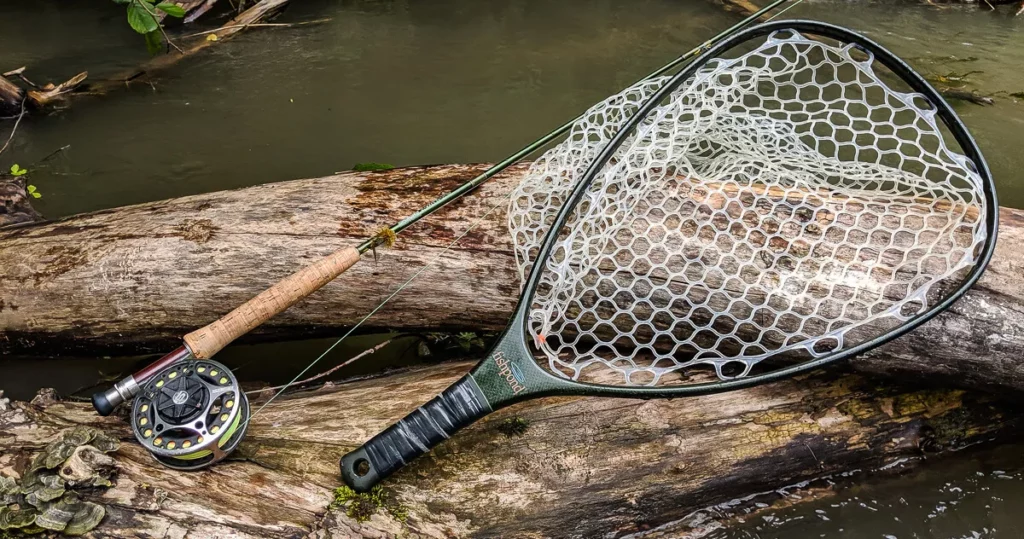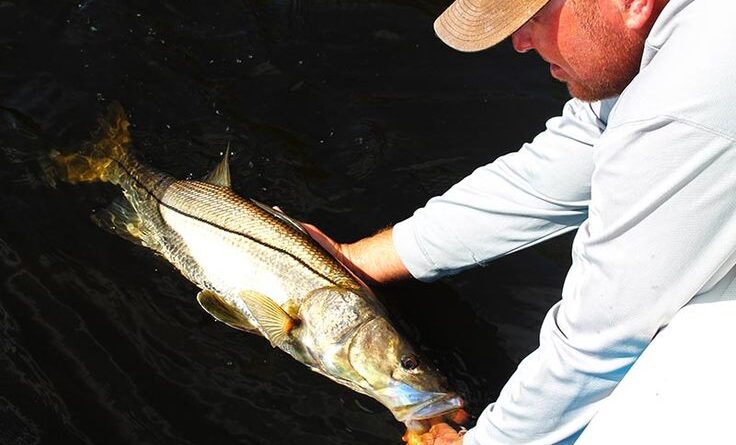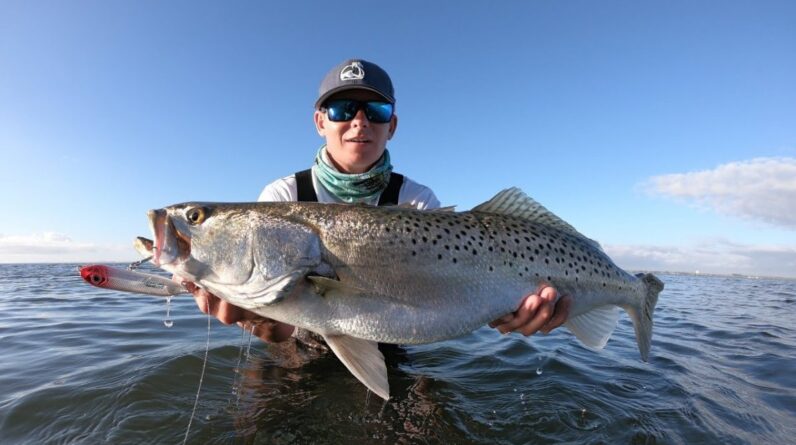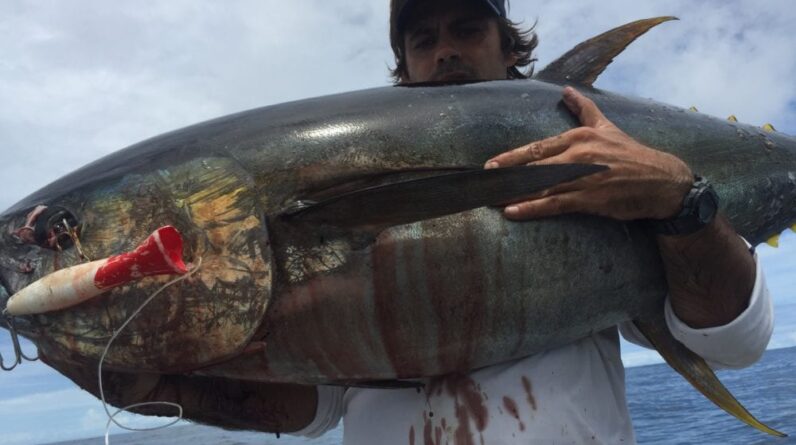Fishponds have been a staple in human history, providing a sustainable source of food and contributing to the economy. However, maintaining a fishpond requires careful attention to various factors, one of the most crucial being the use of fishpond nets. In this comprehensive guide, we delve into the intricacies of fishpond nets, exploring their types, benefits, and how they contribute to successful aquaculture.

Understanding Fishpond Nets
Types of Fishpond Nets
- Anti-Bird Nets: These nets serve the purpose of protecting the fish from avian predators. Birds can pose a significant threat to fish in open ponds, and anti-bird nets act as a barrier, preventing unauthorized access.
- Shade Nets: Controlling the amount of sunlight that reaches the pond is essential for maintaining a balanced ecosystem. Shade nets not only protect fish from harsh sunlight but also aid in controlling algae growth.
- Anti-Leaf Nets: Fallen leaves can disrupt the pond’s balance, leading to oxygen depletion and water quality issues. Anti-leaf nets act as a filter, preventing leaves from entering the pond.
- Predator Nets: In some regions, larger aquatic predators can threaten fish stocks. Predator nets are designed to keep out larger fish or other aquatic creatures, safeguarding the smaller fish within the pond.
Benefits of Fishpond Nets
- Predator Control: As mentioned, predator nets play a crucial role in protecting fish from larger aquatic creatures. This is especially important in regions with diverse aquatic ecosystems.
- Water Quality Management: Nets help in managing the pond’s water quality by preventing the entry of debris, leaves, and other contaminants. This, in turn, ensures a healthy environment for fish growth.
- Disease Prevention: Fish are susceptible to various diseases. Fishpond nets act as a preventive measure by minimizing the chances of pathogens entering the pond, reducing the risk of diseases that can devastate fish populations.
- Improved Fish Yield: Properly implemented fishpond nets contribute to a more controlled and optimized environment, leading to increased fish yields. This, in economic terms, translates to a more profitable aquaculture venture.
Choosing the Right Fishpond Nets
Factors to Consider
- Pond Size: The size of the pond is a crucial factor in determining the type and size of the nets required. Larger ponds may need more extensive nets to provide adequate coverage.
- Local Climate: Consider the climate of the region. For example, in areas with intense sunlight, shade nets may be more important, while in regions with a high bird population, anti-bird nets are essential.
- Type of Fish: Different fish species have varying needs. Some may require more protection from predators, while others may need a more controlled environment. Tailor your choice of nets to the specific needs of the fish you’re cultivating.
- Budget Constraints: Like any other aspect of aquaculture, budget considerations play a role in selecting fishpond nets. However, it’s crucial to view this as an investment in the long-term success of the fishpond.
Maintaining Fishpond Nets
Proper maintenance of fishpond nets is essential to ensure their effectiveness and longevity. Regular cleaning to remove debris, checking for any damage, and timely repairs are necessary steps. Additionally, periodic inspection helps in identifying and addressing issues before they escalate.
FAQs:
Q1: How Do I Choose The Right Fishpond Net For My Fishing Style?
Consider factors like the fishing environment, target species, and personal preferences. Match the net size and material to your specific needs for a customized fishing experience.
Q2: Can I Make My Fishpond Net At Home?
Absolutely! Crafting your fishpond net can be a rewarding DIY project. Follow our guide for step-by-step instructions and unleash your creativity.
Q3: Why Is Mesh Size Important In Fishpond Nets?
Mesh size determines the net’s effectiveness. Too small, and you may harm the fish; too large, and your catch might escape. Finding the right balance ensures a successful fishing venture.
Q4: How Can I Prolong The Lifespan Of My Fishpond Net?
Regular maintenance is key. Rinse the net after each use, avoid exposing it to harsh conditions, and store it properly. A well-maintained net is a reliable companion for years to come.
Q5: Are There Eco-Friendly Options For Fishpond Nets?
Absolutely! Embrace sustainable fishing practices by choosing nets made from eco-friendly materials. Contribute to the health of aquatic ecosystems while enjoying your fishing adventures.
Conclusion
Fishpond nets are an indispensable tool in modern aquaculture, providing a protective shield against various threats that can jeopardize the success of a fishpond. By understanding the types, benefits, and factors influencing the choice of fishpond nets, aquaculturists can make informed decisions to ensure the health and productivity of their fish stocks.






